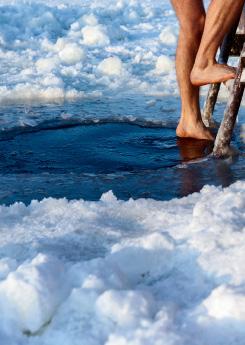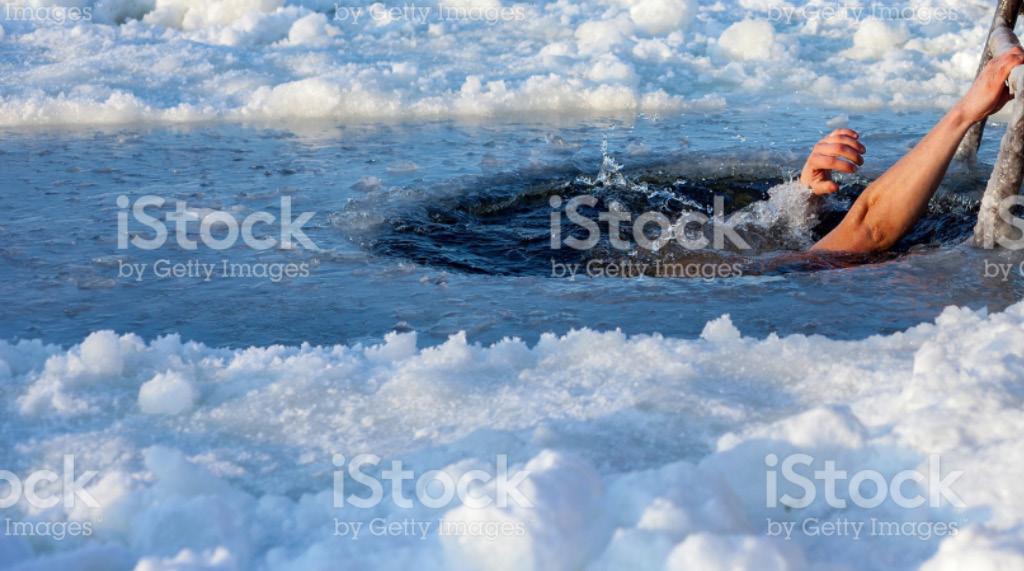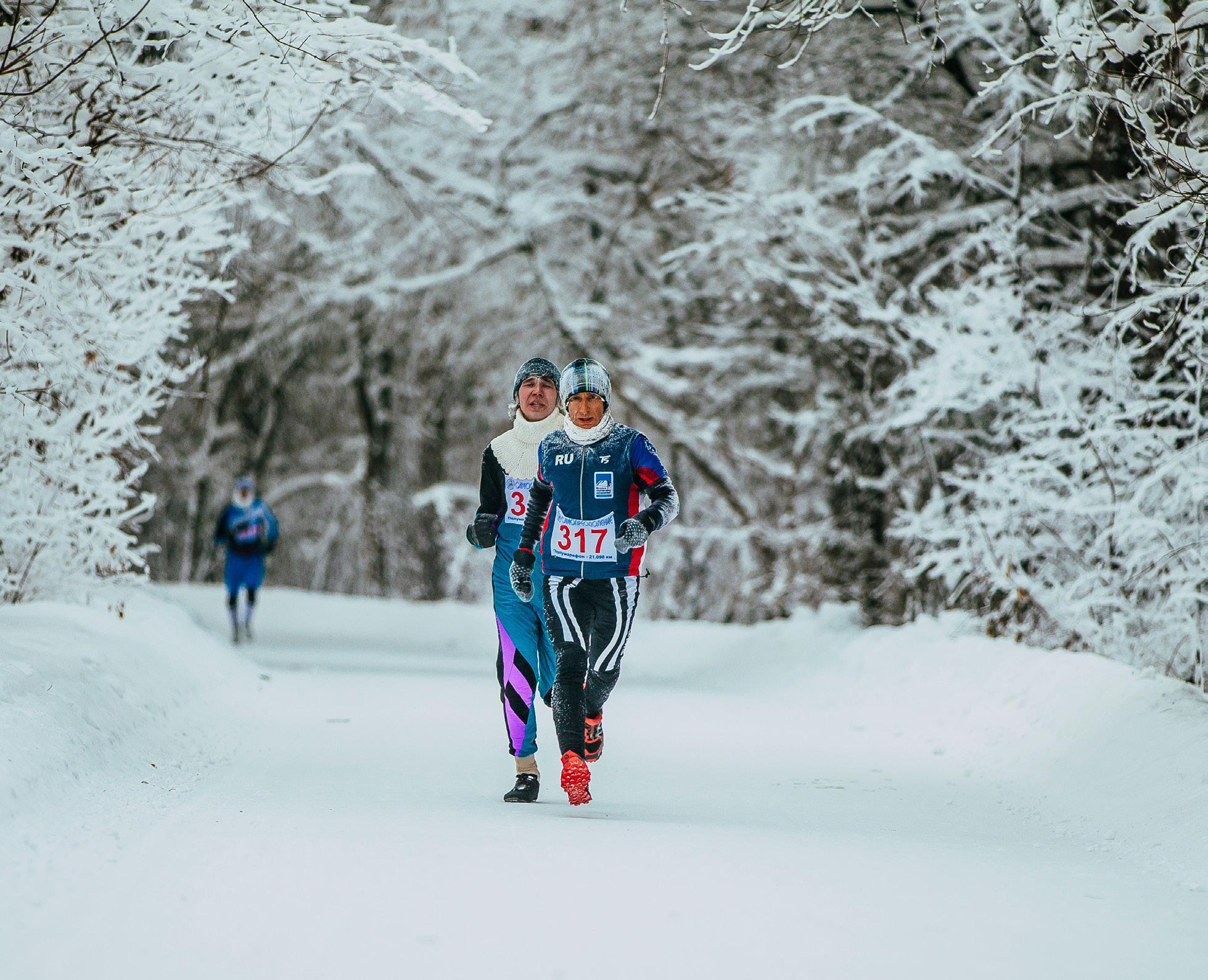
3 minute read
HOW TO COPE WITH COLD?
from I Care Issue
by NAQI Belgium
Greet Claes
— Interview by Wesley Muyldermans, sports journalist & writer—
WHAT EFFECT DOES COLD HAVE ON THE BODY?
Our body wants to maintain a constant temperature (homoeotherm). Vital organs, such as our hearts and stomachs, need this to function properly. Our skin has sensitive cold receptors that can detect a sharp drop in skin temperature and pass on this information to the brain. They emit more pulses when cooling down than when warming up and they are also more numerous than heat receptors. Cold receptors are also known as Krause's corpuscles. They can detect cold because they react to tissue shrinkage caused by a drop in temperature. When it’s cold, the blood vessels in the skin contract and blood flow to the surface of our bodies drops. Heat has the opposite effect, as everything opens up to release the excess body heat.
DOES COLD HAVE THE SAME EFFECT ON THE MUSCLES?
Whenever we are engaged in intense physical activity, the blood flows quicker through our body and warms up our muscles. If circulation drops, our muscles will cool down automatically. But to be able to start exercising, the muscles must already be warmed up. This implies a sort of contradiction.
WHAT PROPERTIES ARE ESSENTIAL TO AN ANTI-COLD PRODUCT?
These products must be oil-based and definitely non-occlusive. They must certainly not contain water because you always lose 25% more warmth in water. You can think of it as follows. Imagine that you are sitting outside, in a pavement café. It's 25 degrees and you are only wearing a T-shirt. Well, that's no problem whatsoever. But try taking a 25 degree bath and you won't stay in it for long! This is why swimmers need extra protection, as they lose much more body heat than other sportspersons. They need good protection against the cold, or their performance will suffer badly.
DOES YOUR SKIN NEED DIFFERENT PROTECTION AT DIFFERENT AGES?
In principle, everyone needs the same protection. But the older you are, the slower your skin adapts to the ambient temperature. This does not mean that older skin requires different or fewer protection products. On the contrary, it actually requires a little bit extra protection. What you see happening is that people use warming products when it is cold, but you should avoid doing this with children. It is also true that cold hnds and feet are often age and gender related.
ARE SOME PARTS OF THE BODY MORE VULNERABLE TO COLD THAN OTHERS?
Our extremities – the parts of our bodies that stick out from the rest – cool down the quickest. Everyone has cold hands or feet sometimes. There is the least circulation in these parts of the body and they are the quickest to take on the ambient temperature. It is extremely important to protect the face. Most people wear the right clothes, but their face is often left exposed. What's more, approximately 40% of the body's temperature is lost via the head and neck.
ARE THERE THINGS THAT SPORTSPERSONS AND THEIR TRAINERS SHOULD PAY EXTRA ATTENTION TO IN ORDER TO BE BETTER PREPARED FOR THE COLD?
One very common mistake is to use warming products without a protective film. The product will open the blood vessels to improve blood circulation. But if you do not apply protection it will have the opposite effect and you will be colder outdoors that if you had not used any product in the first place. Using a warming product this way will work against the body's own natural mechanism. Choose a warming product that reduces heat dissipation without causing an occlusive effect. Apply the product – for example to your hands, legs and feet – preferably while these parts of the body are still warm. This will keep your temperature more constant, as once you are cold, the damage has already been done. Training schedules often contain blocks of training in the cold in order to adapt to low temperatures. However, a recent study which tested immersing hands in cold water, showed that no such adaptation takes place. However, it is necessary to note here that this test involved cold water (and we know the effects of water), so it would be a good idea to conduct this test in cold air. We should also remember that the study involved a person immersing their hands in cold water, without exerting themselves physically. Engaging in intensive exercise at low temperatures is a different situation altogether, as this stimulates the circulation.







